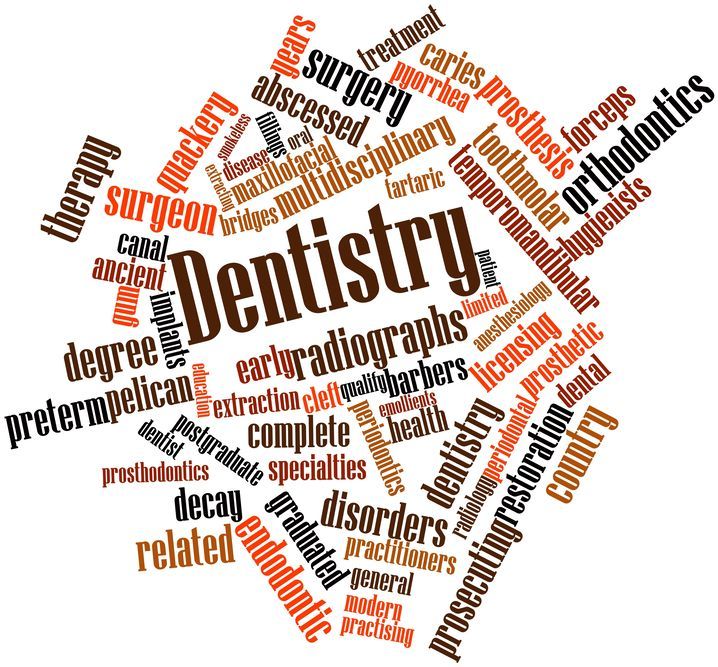What Education Does a Sedation Dentist Need
- By Mary Marks
- •
- 14 Jan, 2022
- •

Treatments that require a Denver sedation dentist are usually provided in a hospital. However, sedation in the case of dental treatments can also be administered in a dental clinic or in a facility specialized in dental surgery.
We can talk about different levels of sedation in dentistry:
· minimal sedation - which minimally depresses the patients` level of consciousness, keeping them responsive to tactile stimulation and verbal commands. Coordination and cognitive function can be modestly impaired, but respiration and cardiovascular functions remain unaffected.
· moderate sedation – which induces a depression of consciousness through the administration of certain drugs. Patients will be responsive to verbal commands, although tactile stimulation may be affected. Respiration is normal and no interventions are required.
· deep sedation – which also induces a depression of consciousness through the administration of certain drugs, but, in this case, patients are hardly responsive (and only to repeated painful stimulation), their ventilator function may be impaired, and cardiovascular function is maintained.
A dentist must have special training to be able to administer all levels of sedation. Minimal sedation can be performed by most dentists, but deep sedation requires extra certification that can be obtained by completing a CODA training program in deep sedation and general anesthesia. Dentists who are not certified must work with an anesthesiologist.





Although oral sedation dentistry Highlands Ranch is one of the optionsavailable for managing anxiety and discomfort during oral surgery, you certainly do not need to use it all the time. As a matter of fact, the exact type of sedation or anesthesia that you receive during oral procedures may depend on various factors, such as the complexity of the procedure, your medical problems, as well as your doctor’s preferences.
There can be several different levels of sedation that can be used in oral surgery. Local anesthesia is one of them. This involves injecting anesthetic medication into the specific area where the surgery will take place. It numbs the area and is often used for less invasive procedures.
Oral sedation involves taking medication in the form of a pill to induce a state of relaxation and drowsiness. The patient is still conscious, but he/she may not be fully aware of the procedure. At any rate, sedation helps him/her get rid of anxiety.
In the case of intravenous sedation, medication is administered through a vein, which induces a deeper state of sedation than oral sedation. Patients may still be conscious, but they are less aware of their surroundings and may not remember the procedure.





